3 successful track arrangements for pop and EDM, explained
Get your song sections in order by sticking to these established and proven templates
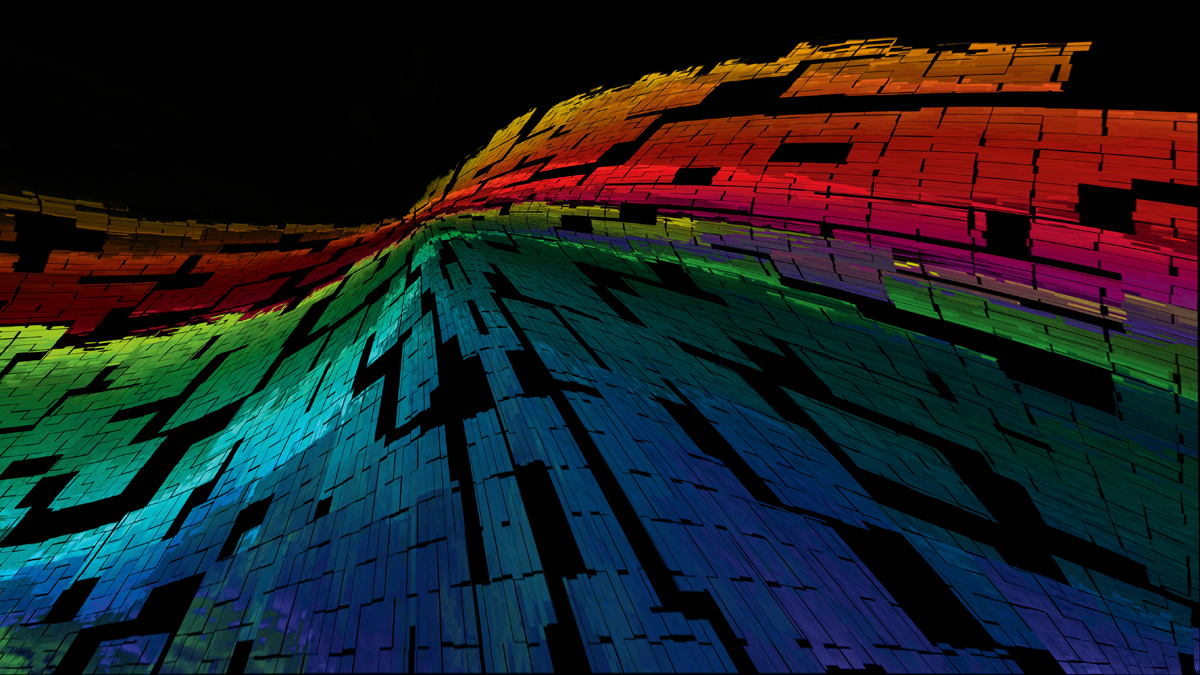
If you want to maximise the appeal and immediacy of your musical projects (which, we can only assume, you do!), you need to make sure they adhere to various ‘rules’ and expectations when it comes to organising their various sections into finished tracks or songs.
This particular aspect of the production process is called arrangement, and although it can appear quite an intimidating prospect when you're staring at a disorganised arrange page in your DAW, the basics – which are all you need most of the time – are actually very simple.
In this walkthrough, we'll guide you through standard arrangement templates for a basic pop track, a more complex pop track, and a floor-filling EDM number. Keep to these fundamental structures and you won't go far wrong.
1. Basic pop structure
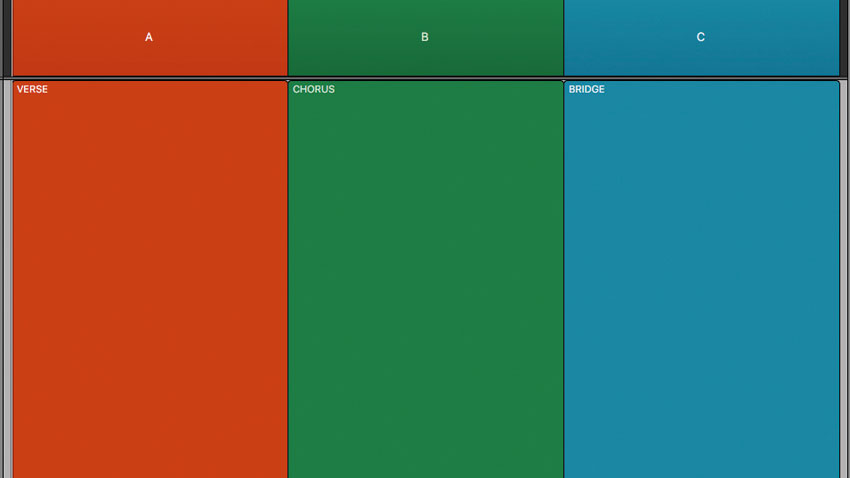
Step 1: Arrangement from the point of view of the average computer musician mainly refers to the order in which the sections of a song are sequenced. Using the alphabet to represent these, one of the most well-used structures in pop is the ABABCB format, made of three sections: verse, chorus and bridge.
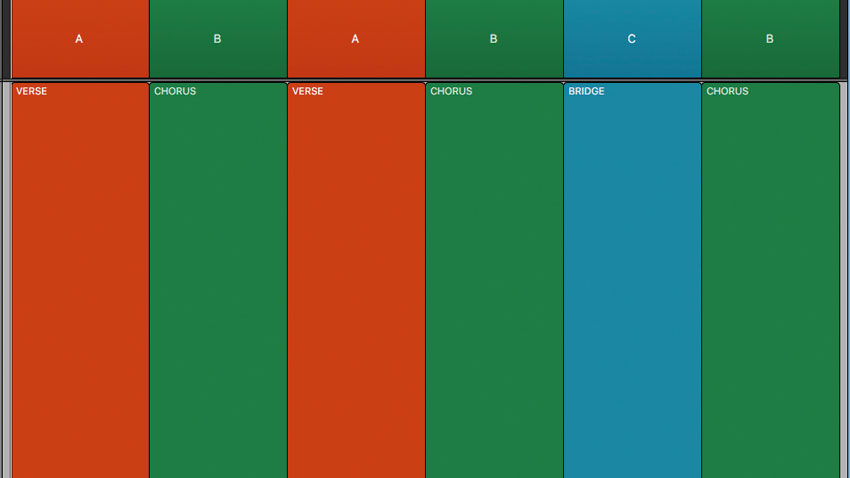
Step 2: The A section represents the verse and the B section represents the chorus. At the simplest level, a song might begin with a verse of eight or 16 bars, followed by a chorus of a similar length, to give a basic AB structure. This whole segment would then be repeated with a second verse and chorus, giving us ABAB.

Step 3: The C section is a kind of breathing space in the middle, known as the ‘middle eight’ or ‘bridge’. This gives the listener something different before the chorus repeats again at the end of the song. This segment is known as the outro chorus - so ultimately, we end up with ABABCB.
2. Standard pop structure
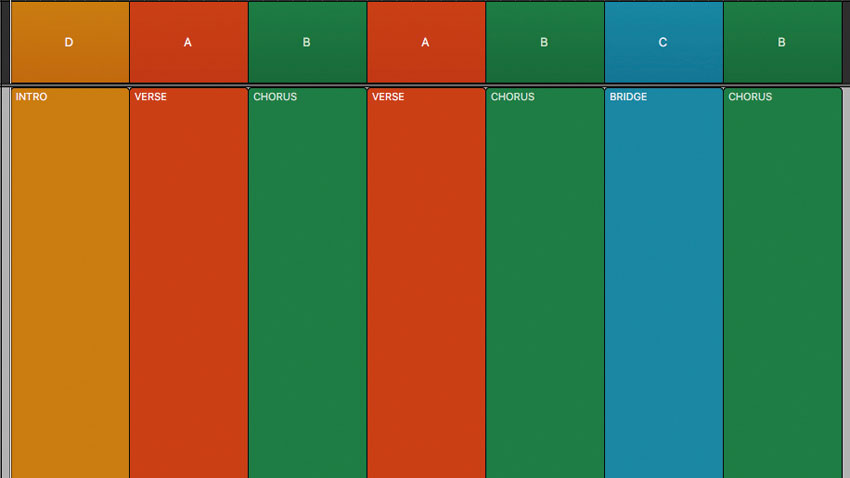
Step 1: A more sophisticated arrangement would expand on the basic form shown above, including extra sections for a bit more variety. It’s common to have a dedicated intro section, for example. Represented here by the letter D, this is commonly eight bars long and serves to introduce the song.
Get the MusicRadar Newsletter
Want all the hottest music and gear news, reviews, deals, features and more, direct to your inbox? Sign up here.
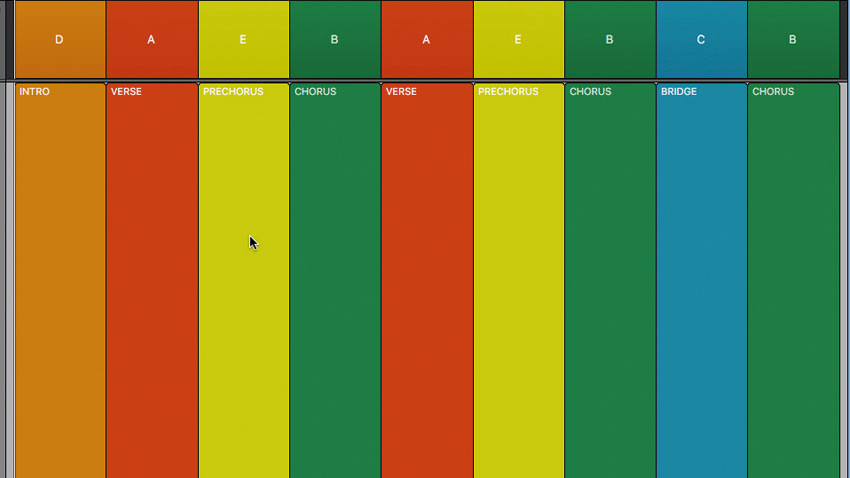
Step 2: Another extra element used a lot is the prechorus (also sometimes known as the bridge - we know, we know!). This is a section that links the verse and chorus, usually with a buildup, either musically or lyrically. Using a prechorus (shown here as the section E) is a very effective way to expand a basic arrangement.
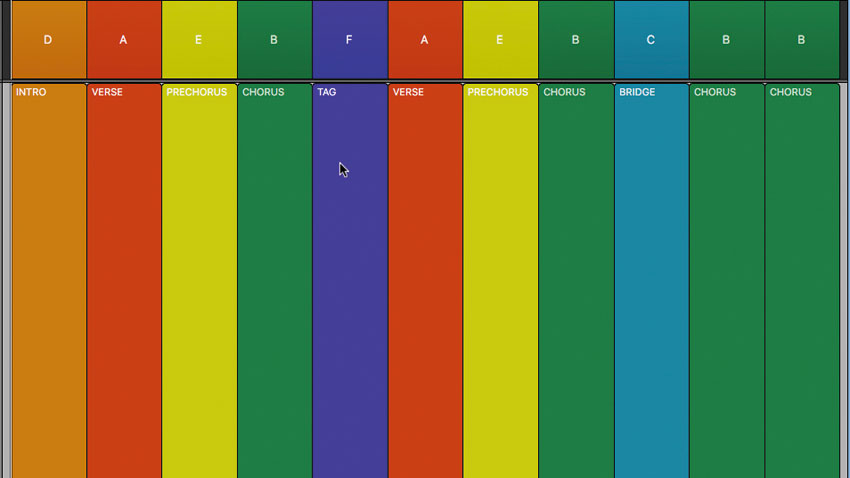
Step 3: For a twist, why not stick a short ‘reset’ section between the chorus and the second verse? This section, known as a ‘tag’ and shown here as the F block, can be a repeat of the chorus chords with a different hook over it, or simply a two-bar fill section. The resulting arrangement would be DAEBFAEBCBB.
3. EDM-style structure
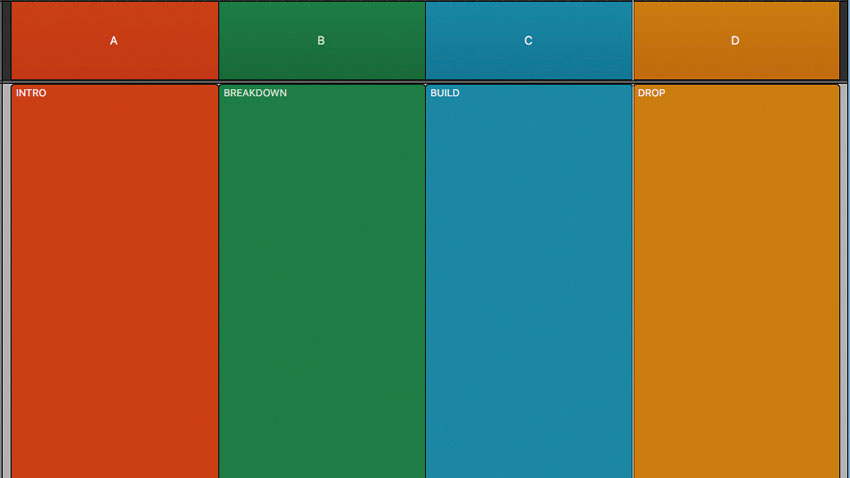
Step 1: Your typical EDM song is structured so that the energy ebbs and flows dynamically. To keep the dancefloor full, you get high peaks and deep troughs in the form of builds and breakdowns, with high-energy, full-on drops sandwiched in between. This equates to a format that can be shown by the letters ABCD.
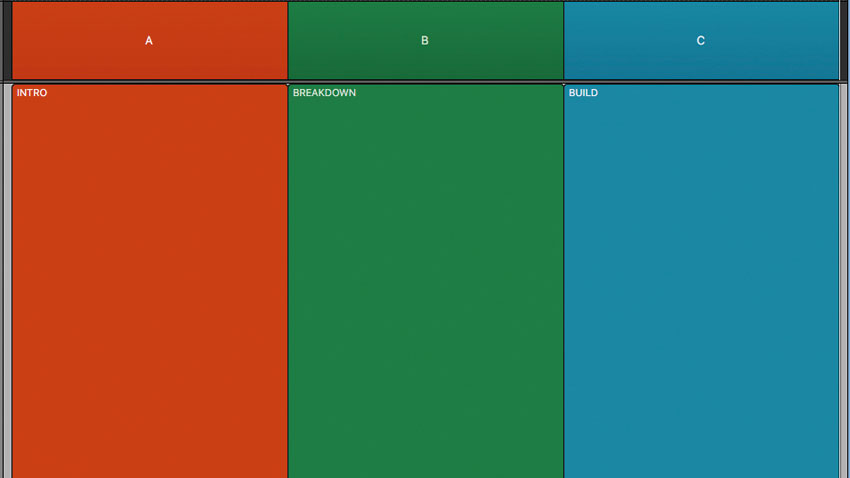
Step 2: The A section is an intro of suitable length for a DJ to mix into - usually 16 bars or so - after which would come a breakdown or B section, which could be a stripped-down container for a verse vocal, say. Following this, you might have a long-ish build, represented here by the letter C, ramping up the tension before…
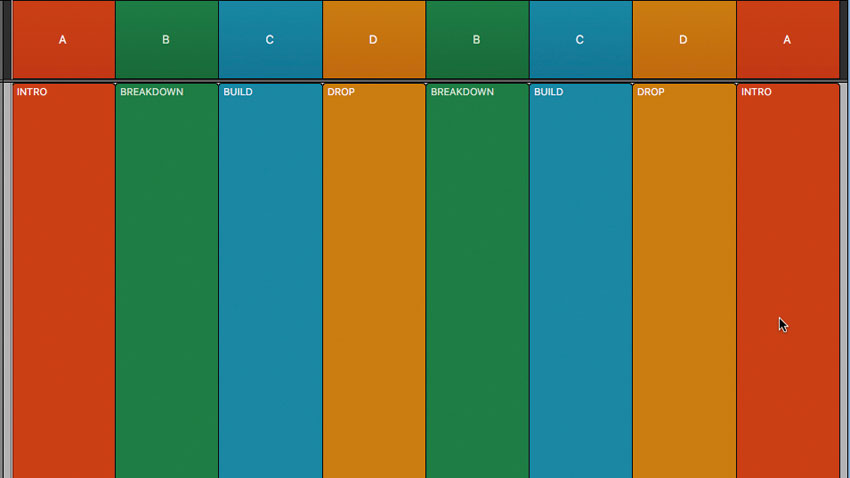
Step 3: …the drop, shown here by the letter D. The EDM equivalent of the chorus, the drop is where the beat ‘drops’ and the infectious hook kicks in. This completes the ABCD segment, the last three sections of which may be repeated again, before the song rounds off with a DJ-friendly repeat of the intro serving as the outro.
More tips on arrangement and structure:
9 minimal track arrangement tips: find out how a little can go a long way
9 creative strategies that’ll improve your track arrangements
10 ways for electronic music producers to create better arrangements
The basic song arrangement template: the anatomy of a 'standard' layout


Computer Music magazine is the world’s best selling publication dedicated solely to making great music with your Mac or PC computer. Each issue it brings its lucky readers the best in cutting-edge tutorials, need-to-know, expert software reviews and even all the tools you actually need to make great music today, courtesy of our legendary CM Plugin Suite.










